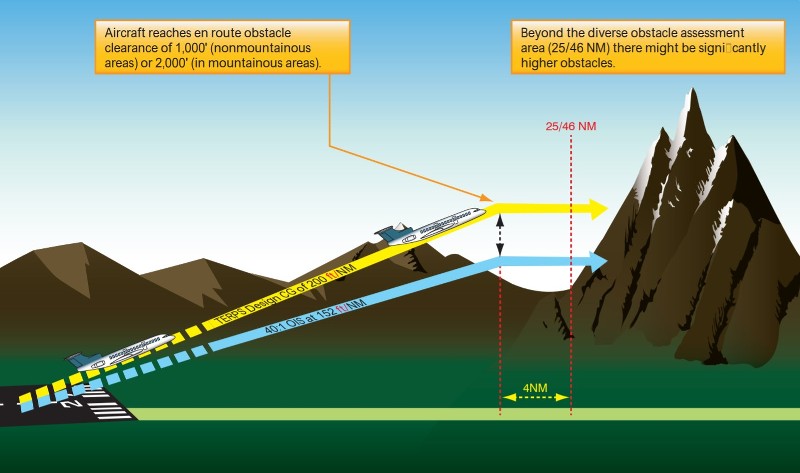Snowmass
Line Up and Wait
Excess thrust or power
I would like to agree with you to avoiding hurting your feelings but then we would both be wrong.On the other hand the garbage you spewed about power required and power available was logically and factually incorrect.
You are getting very boring so on to another topic. My time is extremely valuable.



